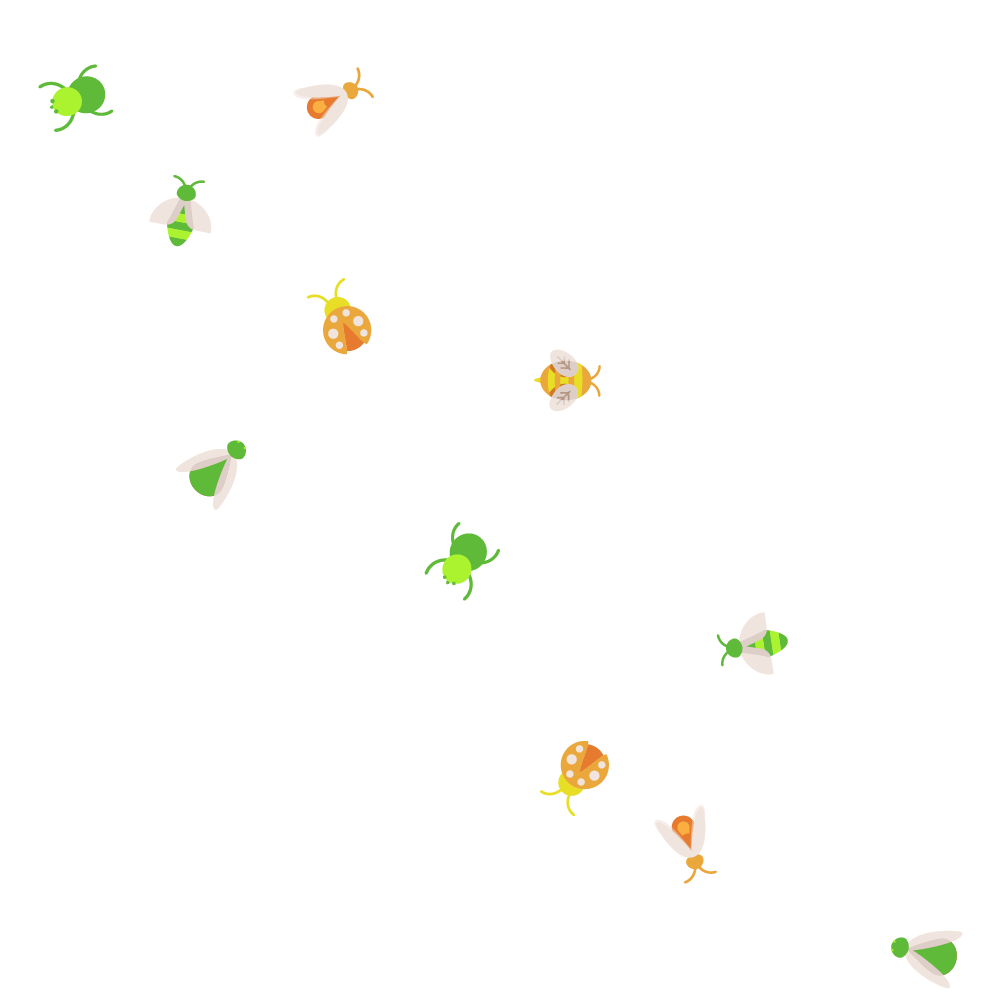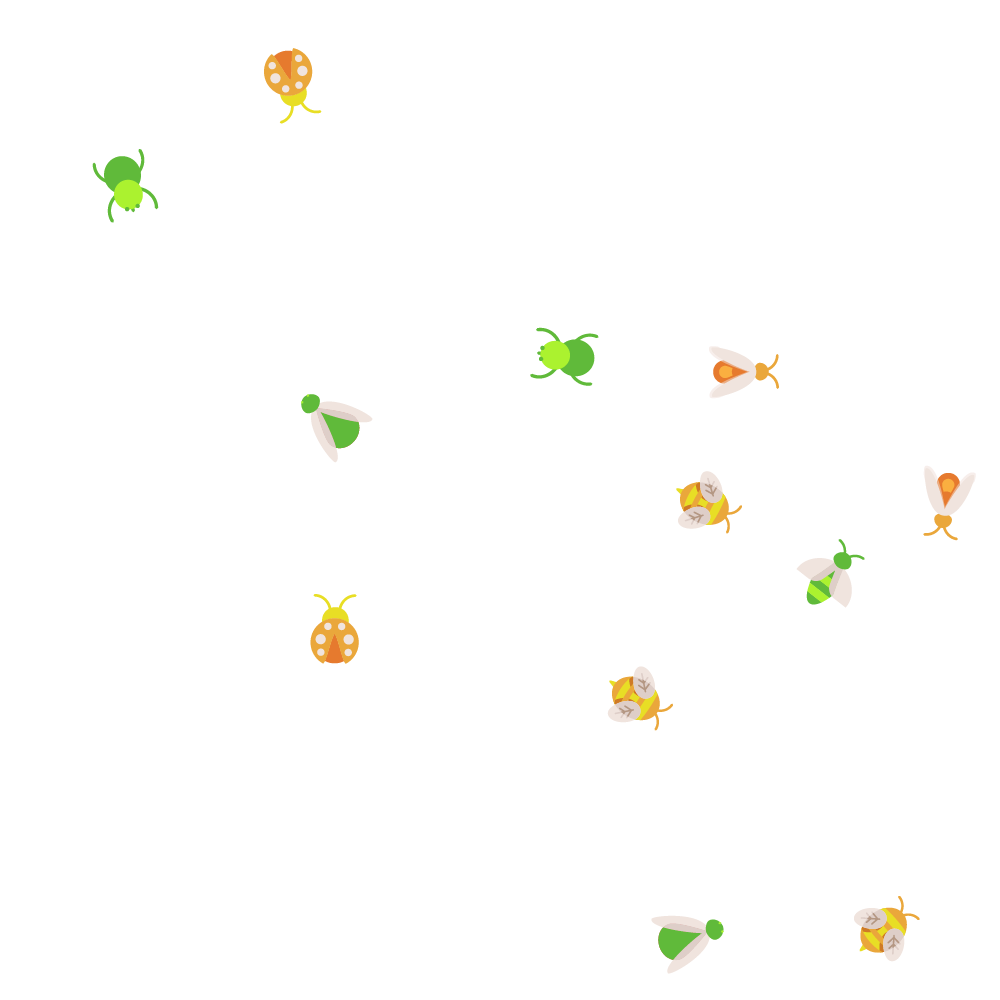BioDAR
A new way to monitor insect wildlife

01
Wildlife biodiversity is declining
The variety of plant and animal life on Earth is declining. Recent estimates of the rate of decline have led some researchers to declare that a sixth mass extinction is underway. However, the reduction in the overall abundance of some important organisms is often overlooked.
Our ecosystems rely on insects for important functions like pollination and food. Current methods for monitoring insect wildlife only look at diversity trends, and lack the capacity to effectively monitor insect abundance.
02
Better wildlife monitoring will improve conservation
To protect our wildlife and ecosystems we need a better way of monitoring the populations of different insect species.
By learning more about the populations of different insect species, we can better assess the impact of different conservation schemes and actions.
BioDAR is bringing together leading ecologists and environmental scientists to develop a new way to monitor wildlife in our skies.


03
BioDAR will use weather radar to monitor insects
BioDAR is pioneering a way to recognise and quantify different species of insects in our skies using weather radar. This will uncover a treasure trove of new information about wildlife in the air.
Every five minutes in the UK, a large network of weather radar scan the sky to look for rain and cloud droplets. BioDAR is developing a method for our weather radar to be able to identify different insect species too, and tell us how many insects they can see. This method could be rolled out across the UK’s radar network.
Scientists will use 3D insect models, live experiments and computer algorithms to understand what a radar sees when different insects enter their field of view.
04
Creating a national map of insect diversity and abundance
If the national weather radar network is also able to identify insects, we will have a bigger picture of insect diversity and abundance. This will help us understand how man-made changes to our landscape are affecting insects, including the impact of light pollution, urbanisation, and farming schemes.
Policy-makers, environmental agencies and members of the public will all have access to a new repository of information about our wildlife, which will support decision making and action.
There are few long-term studies of insect wildlife in the UK, and BioDAR will create a step-change in our ability to monitor wildlife.

